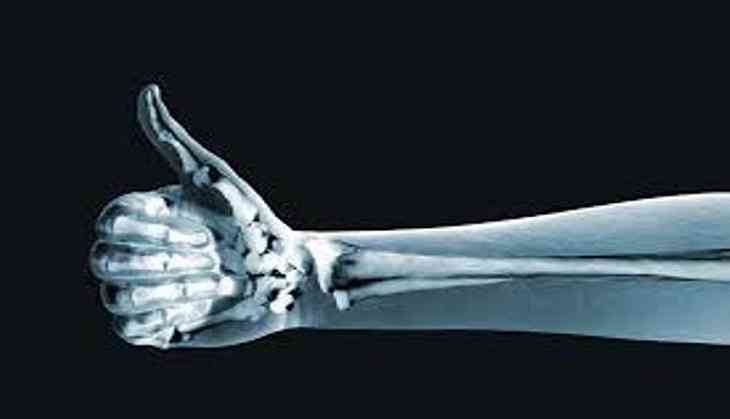
According to a recent study, those steroid injections may be putting hip arthritis">hip arthritis patients' bones at risk.
Receiving an injection of a steroid and anesthetic is a common treatment for patients who are experiencing pain and inflammation in a joint, such as the hip, knee or shoulder.
Study author Connie Y. Chang from Harvard Medical School in Boston said that changes due to osteoarthritis, such as narrowing in the space between joints and the development of bony proliferations, typically develop slowly over time.
When reading follow-up radiographs of patients who had received the hip injections, the team noticed changes had developed rapidly in some of them.
Chang noted that patients receiving hip injections have symptoms of hip pain severe enough to require the injection and may be prone to faster progression of bony changes compared to the control groups.
To determine whether arthritis worsened in patients following a hip steroid/anesthetic injection, the team analysed 102 patients with age ranging from 19-92, including 62 women, who received X-ray images of the treated hip at the time of the injection and during a follow-up three to nine months later.
Two musculoskeletal radiologists independently reviewed the X-ray images of the patients who received the injections and those of two control groups matched to demographics and follow-up imaging duration.
They observed bone collapse in the head of the femur bone, located at the top of the femur at the articulation with the pelvic bone, in 15-17 percent of hip injection patients, versus four percent of hip control patients and two percent of shoulder control patients.
These considerations may be important as some orthopedists are requesting higher steroid doses and injections in younger patients.
The research is presented at the annual meeting of the Radiological Society of North America (RSNA).
-ANI


